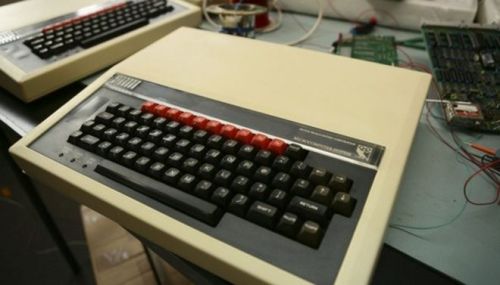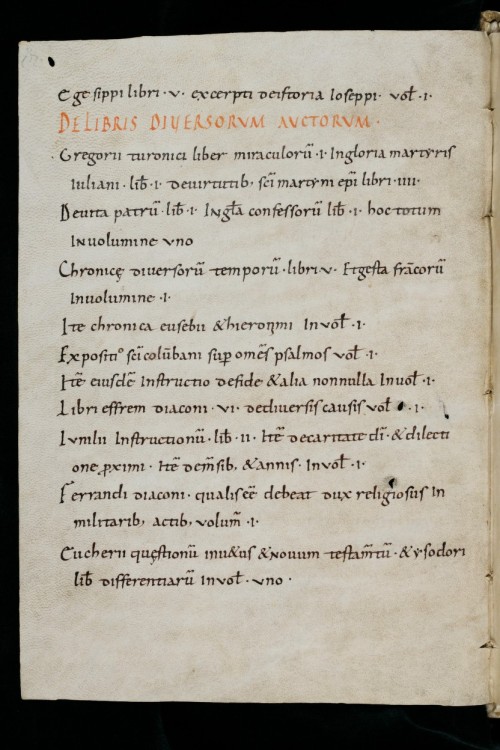It may seem unlikely now, but I was once a pioneer. Thirty years ago (gulp) I was part of a team creating and operating a unique computer program which would register around 600 first year A level students together with their subject choices, allocate the students efficiently to the timetabled classes and print out an individual timetable for each new student. We had two days to input the data, a day to perform the allocations and a weekend to print them out before the students turned up to start their courses. Privately, the weekend was there to allow us to do the job manually if it all failed.
The program worked on a BBC-B which looked like this:

Figure 1 BBC Computer 1980’s
It worked. And a process that had been done manually with lots of bits of paper with crossings out and erasures changed for ever and the college began to realise that there was a role for computers in educational administration. Job done.
2018 is a different world but I’m still keen on using digital methodologies to save work. And I’m still in awe of what these things can do.
So, when I started the PhD, an early decision was to see if I could use a database as part of my research methodology. Earlier this year I pulled this off and became the proud creator of a database of texts that were in the ninth century library catalogues in the medieval monasteries of St Gall, Reichenau and Murbach.
The originals did not look all that promising:

Figure 2 Page from St. Gall catalogue Cod Sang 271
But these are precious resources. Only five institutions still retain their ninth century library lists, the other two being Lorsch and the cathedral of Cologne and and I think my three are the only ones to be digitised so far. My plan was to present quantitative data on the types and origins of the texts that existed in the centres and use this to get a picture of the reading available to the monks.
At the beginning I was interested in the technology: whether to use Excel or Access, how to streamline input and how to create visuals from the data. But, unlike the 1988 project, it was not the technology that provided the challenge, it was the data itself. We did have some data related problems back then – I recall a fuss about a student with a long double-barrelled name which would not fit into the space allowed for it and had to be abbreviated – but in essence we were taking a functioning manual system and speeding it up. It was the computing itself that challenged us.
Nowadays, the tables have turned. The computing side is well established. There is an app, one that other people use and for which there are training courses. The work lay in structuring the information I had. What kind of text was an ‘Enchiridion’? Is a ‘commentary’ different from an ‘exegesis’? And so on. I resolved the dilemma as best I could by recording decisions and establishing my own definitions as I went.
I did OK and at the PhD Continuation Review earlier this year, the panel was pleased at the use of quantitative data and suggested this might be exploited further as the work progressed. At this point I decided that I needed to look into the whole issue more carefully and that was when I discovered Mark Merry’s handbook ‘Designing Databases for Historical Research’, which istoryhiis generously available online for free. You can find it here:
https://port.sas.ac.uk/course/view.php?id=24
Because it is tailored to the needs of historians, it is remarkably useful in addressing the kind of problems we did not have with the 1988 project, but which do crop up a lot in my current research, for example, accounting for changes in the names of geographical entities or designing a database before you know what exactly your research is going to turn up.
What struck me though is that as well as tailoring advice to the needs of historians, there might be sense in tailoring a version for medievalists. The difference is not merely that a medieval information needs more of what Merry calls ‘standardisation’ – enabling the system to know that two ways of spelling a name actually refer to the same chap, for instance. Nor is it to do with all that Latin and the wobbly writing. It is that medievalists are dealing with a very different mindset and, inevitably, using sources which may be patchy and/or unreliable. And crucially, that we are trying to adapt what was often a very organic and unsystematic storage system to suit a totally alien technology.
